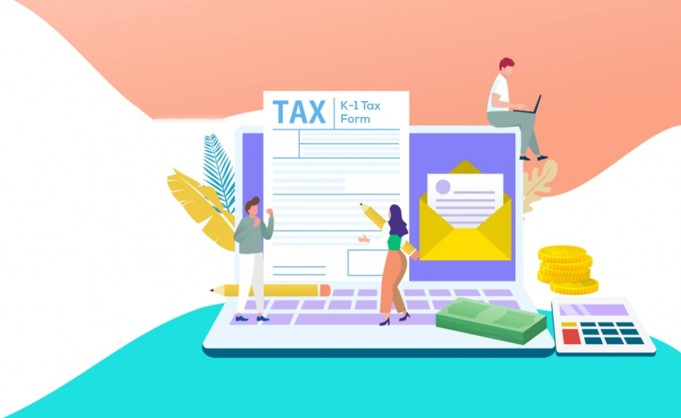Do You Know About The K-1 Tax Form
Schedule K-1 is a schedule IRS form 1065 that is used by members of business partnerships to report their share. It may include partnership profit or losses, deductions, or even a credit to the IRS. You may find Schedule K-1 as part of your partnership tax return under the form-1065, which is used to report the net income of partnerships. In this article, we discuss the K-1 tax Form.
As partnerships are so-called “pass-through entities.” The flow concept is made applicable to the owners, even without paying taxes. In the partnership tax return process, Schedule k-1 is an important part. It lets you figure out how big your share is in the partnership, and it enables you to understand how much of the income you should report on personal tax returns.
Who Has To File It
The following applies to a K-1 tax form:
- Limited liability partnership
- Limited partnership
- General partnership
- LLC has to be taxed as a partnership.
During the tax session, two things need to be done –
You need to make sure that your partnership has filed the Tax-form 1065 of the partnership tax return.
File Your Schedule K-1 Tax Form
If you are not sure about your partnership status, here are some signs that tell you that you should file your schedule K-1 tax form.
- You own a business entity with one or more persons, but that business is still not incorporated.
- You have signed the partnership agreement and also registered under the state.
- Your company is under LLC and has decided not to be in LLC this year.
Under the IRS calls, there are two more forms
Form 1041, Schedule K-1, which must be signed by the beneficiary of the estate.
Form 120S, Schedule K-1, which must be signed by the owners of the corporation.
K-1 Distribution
The profits are distributed according to the agreement. In short, each partner decides their share of profits or earnings. The partners may agree upon the reinvestment plan for the business. In such cases, they may not file the form K-1. The decision is in the hands of the partner.
Self-employment tax K-1
Form K-1 will show you your earnings as self-employment. So, you need to pay self-employment tax on that particular amount.
When is K-1s due?
The scheduled K-1 deadline is almost the same as your income tax return. Usually, March 15th is the due date for the form 1065. March 15th is also the deadline for the issue of partnership individuals. (Schedule k-1s of individual partners) It gives the partner less than one month to file the return.
Conclusion
Calculating each partner’s share of k-1 form is a complicated task to handle. It can also be time-consuming. However, it is suggested to consult an expert who can help you to file your returns at the proper time. An expert may also advise you on the positive as well as the negative impacts.









